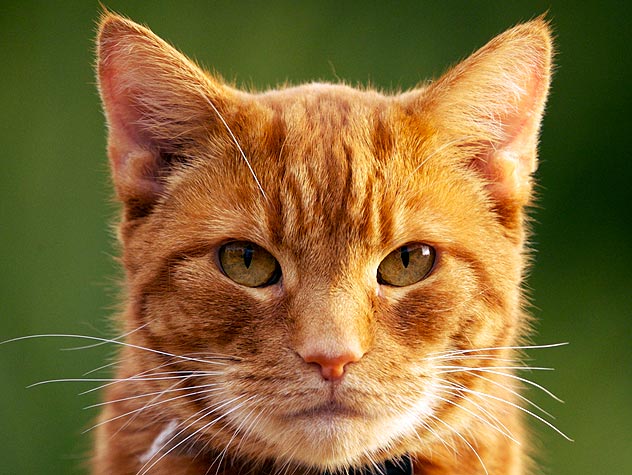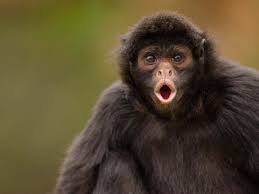Souvenir Sheet: Learning to read (Netherlands 2006)
Learning to read (Netherlands 2006)
04 April (Netherlands ) within release Summer stamps goes into circulation Souvenir Sheet Learning to read face value 3*(39+19) Euro cent
| Souvenir Sheet Learning to read in catalogues | |
|---|---|
| Michel: | Mi:NL BL94 |
Souvenir Sheet is horizontal format.
Also in the issue Summer stamps:
- Souvenir Sheet - Learning to read face value 3*(39+19);
- Souvenir Sheet - Learning to read face value 3*(39+19);
- Stamp - Learning to read: monkey face value 39+19;
- Stamp - Learning to read: nut face value 39+19;
- Stamp - Learning to read: Domestic Cat (Felis silvestris catus) face value 39+19;
- Stamp - Learning to read: Wim face value 39+19;
- Stamp - Learning to read: sister face value 39+19;
- Stamp - Learning to read: Jet face value 39+19;
Souvenir Sheet Learning to read it reflects the thematic directions:
Drawing is a visual art that uses an instrument to mark paper or another two-dimensional surface. The instrument might be pencils, crayons, pens with inks, brushes with paints, or combinations of these, and in more modern times, computer styluses with graphics tablets.
The domestic cat (Latin: Felis catus) is a small, typically furry, carnivorous mammal. They are often called house cats when kept as indoor pets or simply cats when there is no need to distinguish them from other felids and felines. Cats are often valued by humans for companionship and for their ability to hunt vermin. There are more than 70 cat breeds, though different associations proclaim different numbers according to their standards.
Cats are similar in anatomy to the other felids, with a strong flexible body, quick reflexes, sharp retractable claws, and teeth adapted to killing small prey. Cat senses fit a crepuscular and predatory ecological niche. Cats can hear sounds too faint or too high in frequency for human ears, such as those made by mice and other small animals. They can see in near darkness. Like most other mammals, cats have poorer color vision and a better sense of smell than humans. Cats, despite being solitary hunters, are a social species and cat communication includes the use of a variety of vocalizations (mewing, purring, trilling, hissing, growling, and grunting), as well as cat pheromones and types of cat-specific body language.
In botany, a fruit is the seed-bearing structure in flowering plants (also known as angiosperms) formed from the ovary after flowering. Fruits are the means by which angiosperms disseminate seeds. Edible fruits, in particular, have propagated with the movements of humans and animals in a symbiotic relationship as a means for seed dispersal and nutrition; in fact, humans and many animals have become dependent on fruits as a source of food. Accordingly, fruits account for a substantial fraction of the world's agricultural output, and some (such as the apple and the pomegranate) have acquired extensive cultural and symbolic meanings. In common language usage, "fruit" normally means the fleshy seed-associated structures of a plant that are sweet or sour, and edible in the raw state, such as apples, bananas, grapes, lemons, oranges, and strawberries. On the other hand, in botanical usage, "fruit" includes many structures that are not commonly called "fruits", such as bean pods, corn kernels, tomatoes, and wheat grains. The section of a fungus that produces spores is also called a fruiting body.
Summer is one of the four seasons. It is the hottest season of the year. In some places, summer is the wettest season (with the most rain), and in other places, it is a dry season. Four seasons are found in areas which are not too hot or too cold. Summer happens to the north and south sides of the Earth at opposite times of the year. In the north part of the world, summer takes place between the months of June and September, and in the south part of the world, it takes place between December and March. This is because when the north part of the Earth points towards the Sun, the south part points away.
Monkey is a common name that may refer to most mammals of the infraorder Simiiformes, also known as simians. Traditionally, all animals in the group now known as simians are counted as monkeys except the apes. Thus monkeys, in that sense, constitute an incomplete paraphyletic grouping; however, in the broader sense based on cladistics, apes (Hominoidea) are also included, making the terms monkeys and simians synonyms in regard to their scope.






